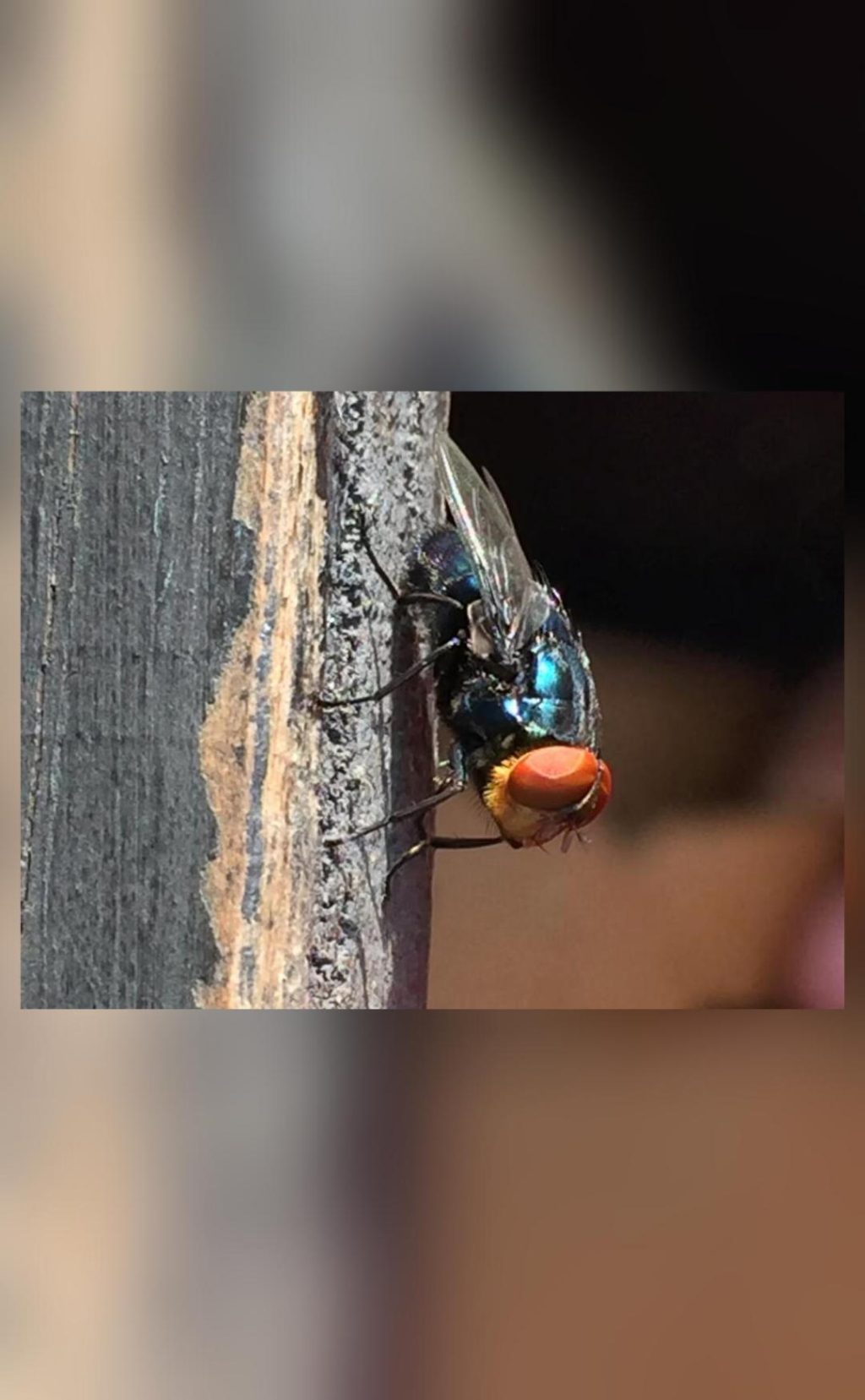
Why is US planning to breed screwworm flies & dump them from planes over Mexico?
In a bizarre move, the US government is planning to breed billions of male flies and dump them from planes over Mexico and southern Texas in an effort to protect its beef industry from the flesh-eating larvae of the New World screwworm fly. The screwworm fly, also known as Cochliomyia hominivorax, is a parasitic insect that can cause severe damage to livestock, particularly cattle, by laying its eggs in their wounds and flesh-eating larvae emerging later.
The US Department of Agriculture (USDA) has announced plans to release these sterile male flies over a large area of Mexico and southern Texas in an effort to suppress the population of the screwworm fly. The male flies will be sterilized with radiation, making it impossible for them to reproduce with female flies and cause the population to die out over time.
According to a recent article published in the Hindustan Times, the USDA has been working on this project for several years and has already conducted successful trials in Florida and Arizona. The agency plans to release the sterilized male flies over a period of several weeks, starting in May and June, using specially designed planes equipped with specialized equipment to release the flies.
The screwworm fly is a major pest in the livestock industry, particularly in the cattle industry. The larvae of the fly can cause severe damage to the flesh of cattle, leading to significant economic losses for farmers and ranchers. In addition, the fly can also transmit diseases such as anemia and secondary infections, making it a major health concern for both animals and humans.
The USDA’s plan to release sterilized male screwworm flies is based on the concept of “sterile insect technique” (SIT), which involves releasing large numbers of sterile male insects into the wild to mate with wild females and reduce the population over time. This technique has been used successfully in the past to control other insect pests, such as the Mediterranean fruit fly and the Asian tiger mosquito.
In the case of the screwworm fly, the USDA plans to release approximately 10 billion sterilized male flies over a period of several weeks. The flies will be released in areas where the screwworm fly is known to be present, including southern Texas, western Mexico, and parts of Central America.
The release of the sterilized male flies is expected to have a significant impact on the population of the screwworm fly, and will help to reduce the risk of infestation and disease transmission. The USDA estimates that the use of SIT could reduce the population of screwworm flies by up to 90% over a period of several years.
While the use of SIT to control the screwworm fly is a innovative and effective approach, there are some concerns about the potential impact on the environment and non-target species. The release of large numbers of sterilized male flies could potentially disrupt the ecosystem and cause harm to non-target species, such as bees and other beneficial insects.
In addition, there are concerns about the effectiveness of the technique in the long term. While SIT has been used successfully in the past to control other insect pests, it is not a foolproof method and requires regular monitoring and evaluation to ensure its effectiveness.
Despite these concerns, the USDA is moving forward with its plans to release sterilized male screwworm flies over Mexico and southern Texas. The agency believes that the benefits of the technique outweigh the risks, and that it will be an effective way to reduce the population of the screwworm fly and protect the beef industry.
In conclusion, the US government’s plan to breed and release sterilized male screwworm flies over Mexico and southern Texas is an innovative and effective approach to controlling the population of this flesh-eating pest. While there are some concerns about the potential impact on the environment and non-target species, the USDA believes that the benefits of the technique outweigh the risks and that it will be an effective way to reduce the population of the screwworm fly and protect the beef industry.






